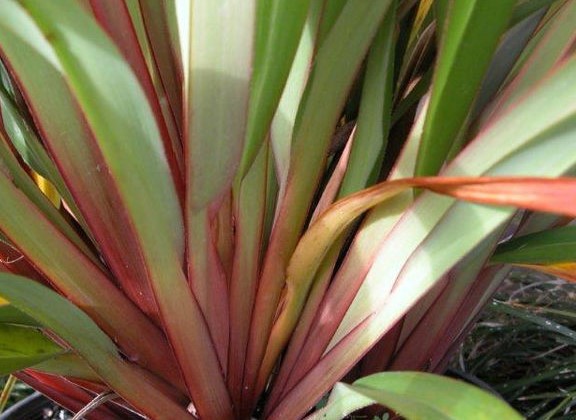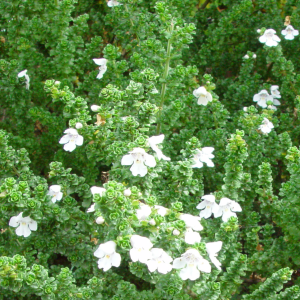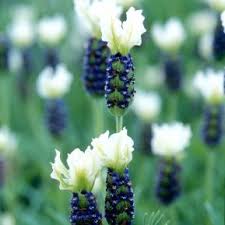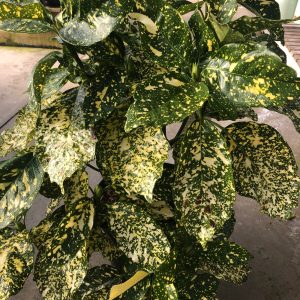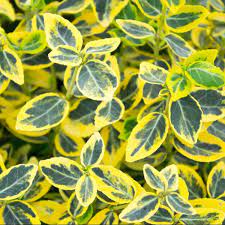Shrub, Evergreen Shrubs
Tasmanian flax-lily
Dianella tasmanica
£11.99
Tasmanian flax-lily 
Dianella tasmanica boasts long, slender leaves that can grow up to 60 centimeters in length, adding a touch of elegance to any garden. The leaves range in color from deep green to bluish-green. Delicate flowers bloom in clusters atop tall stalks during the spring and summer months, and while small are star-shaped, and a dazzling blue or purple.
SKU: DIANELLA-TM
Categories: Shrub, Evergreen Shrubs
Tags: Blue flowers, Easy to grow, Evergreen Shrub, Summer flowering
Related products
-
Rated 0 out of 5
Prostanthera cuneata
£11.99 Select options This product has multiple variants. The options may be chosen on the product page -
Rated 0 out of 5
Aucuba japonica Crotonifolia
£11.99 – £39.99 Select options This product has multiple variants. The options may be chosen on the product page -
Rated 0 out of 5
Euonymus fortunei Emerald and Gold
£9.99 Select options This product has multiple variants. The options may be chosen on the product page

